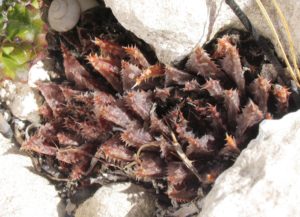79. 2019.8.14 – I think I am going to abandon the topic of “species”. This is H. rossouwii from a place new to me southwest of Heidelberg. Funny that one plant that seemed to me to be a significant variant, was also the target for a browser.
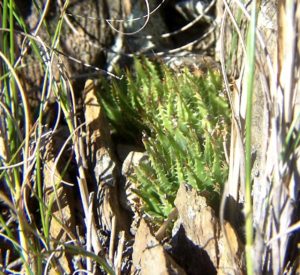

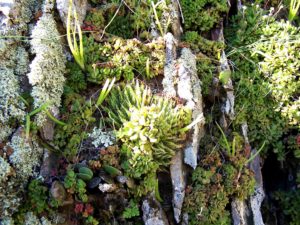
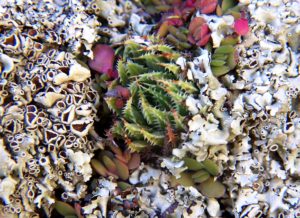


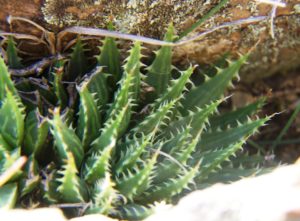



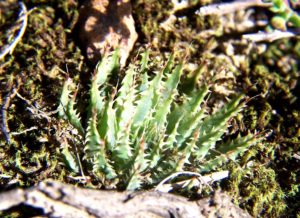

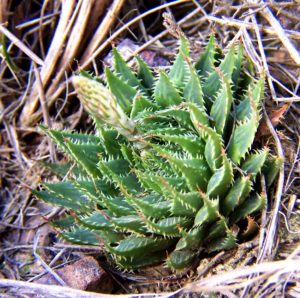
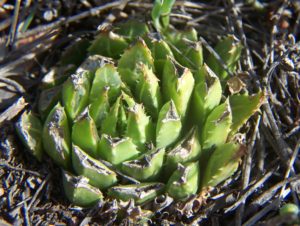
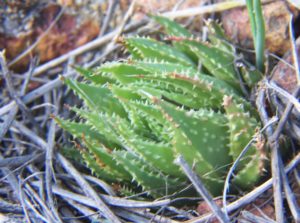
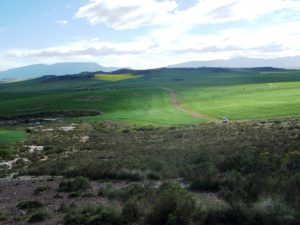
Steven Molteno: Interesting that the one “marginata-form” plant was grazed. Bristles, like tubercles, could be evolved for defensive camouflage reasons, in the dappled light of a nurse bush. Breaking up the appearance, like the stripes on a zebra?
80. 2019.8.15, MBB7732 – From south of the locality for the original and erroneous H. serrata. It does occur further north near the N2 and might still be found at Koppies. Here it is among dense grass and so very vulnerable to fire as what decimated the Koppies population.

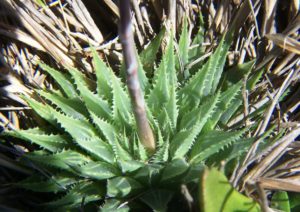

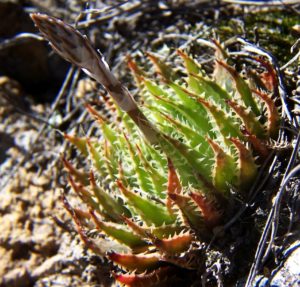
81. 2019.8.16, MBB7803 S. Heidelberg – H. rossouwii is a strange species because it has a few populations near Bredsadorp and a few SW Heidleberg. The plants very similar. But there are oddities on the outskirts of the distribution. This is a small form south of Heidelberg in three population, two of which are probably close enough to be considered as one.
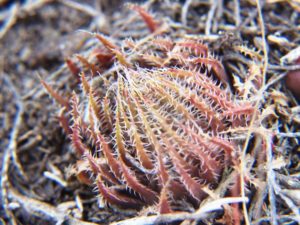
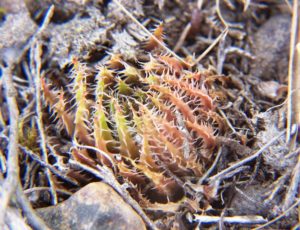
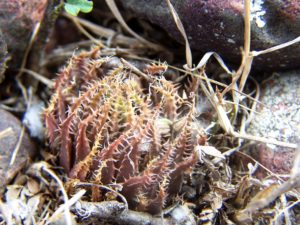
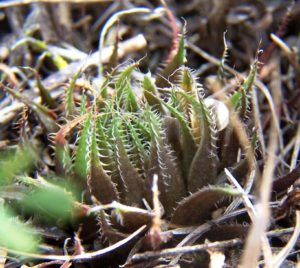

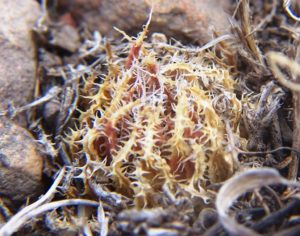
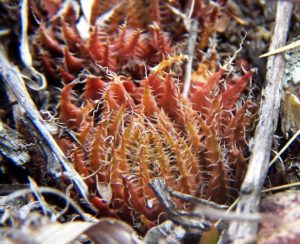
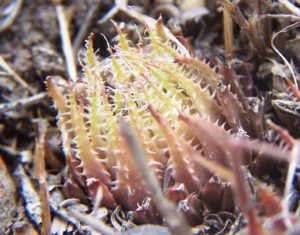
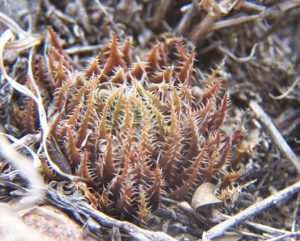
Some more MBB7803 from S Heidelberg. There are no doubt two ways of approaching this. Simply giving them a new name or trying to fit them to existing. The latter is what I try to do – so just follow this little story and see what follows. Even if we go to the large hadron collider we still may not find an answer.
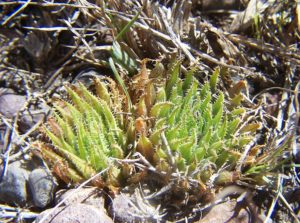
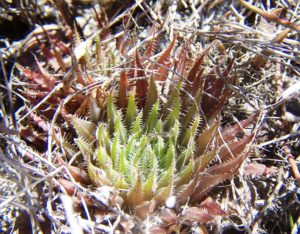
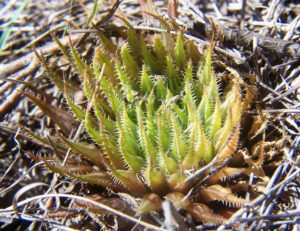
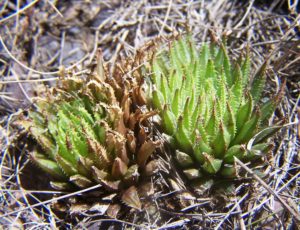
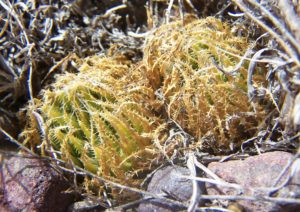
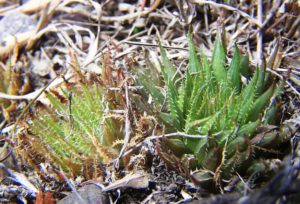

82. 2019.8.18 – Unfortunately I do not have pictures for what I eventually called H. rossouwii var. calcarea – an oddity from the De Hoop Reserve, but this is another oddity from the limestones just east of Bredasdorp. I ended up with this as a rossouwii variant as well for lack of any better idea. The east end of the limestones towards Potberg provides its own complications that better involve H. variegata. ♦
